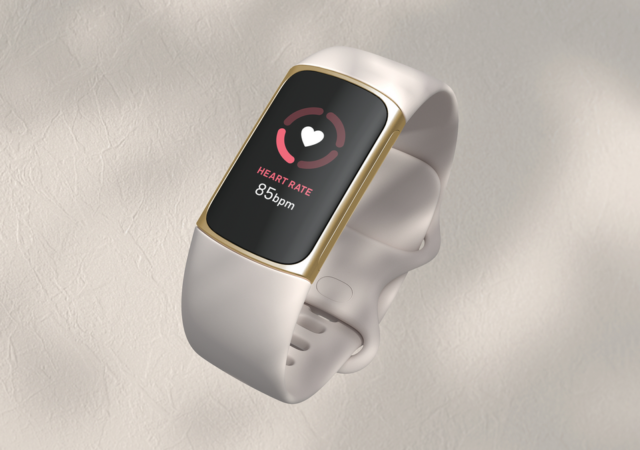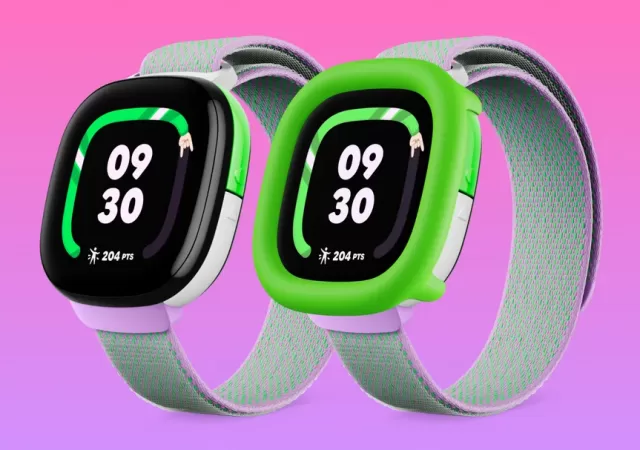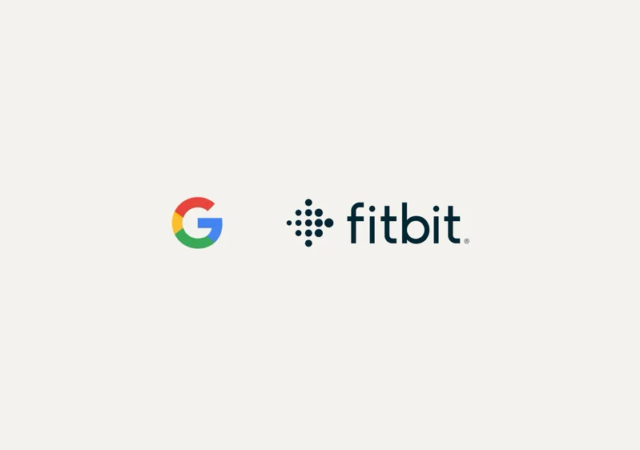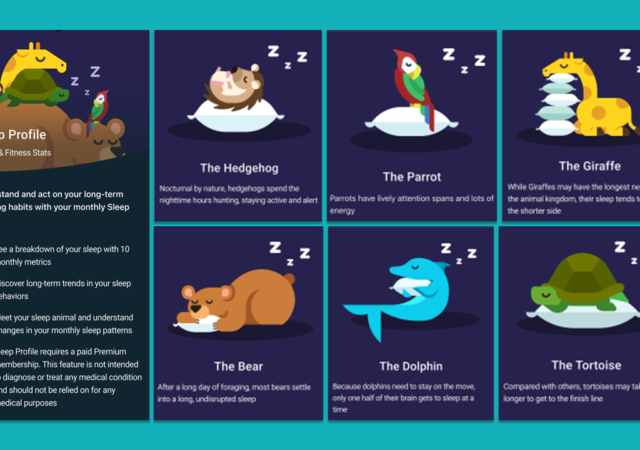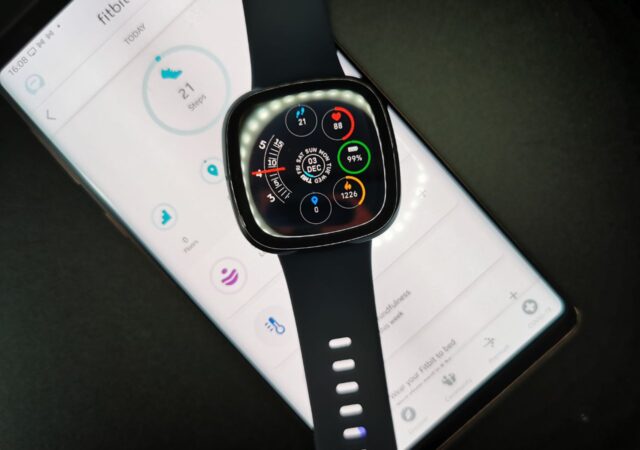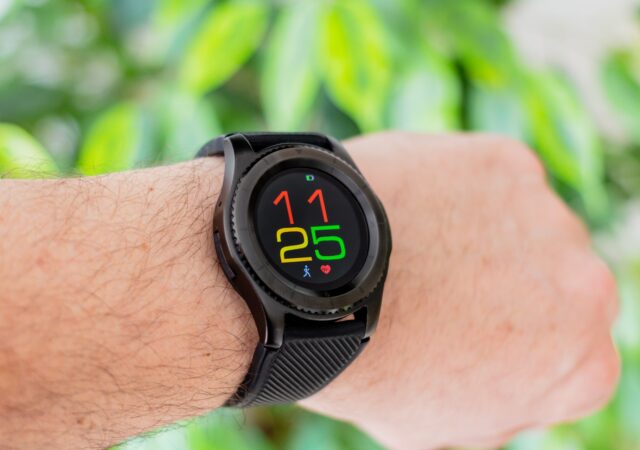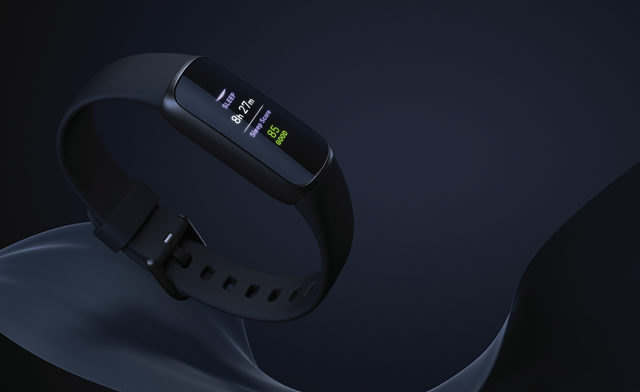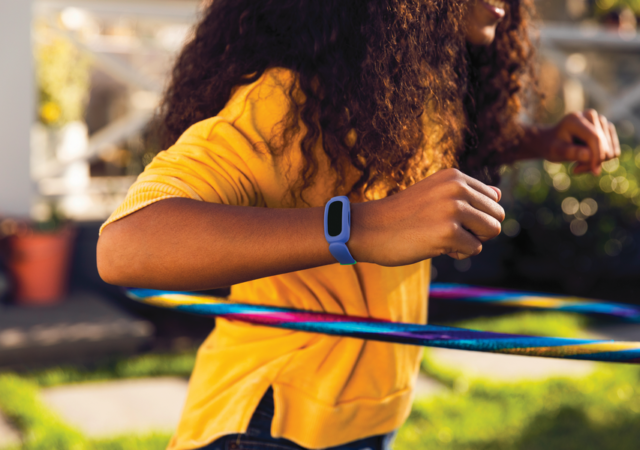Fitbit rolls out a bevvy of updates improving functionality and even giving the Charge 6 new faces.
Google Debuts the Fitbit Ace LTE Designed Specifically for Kids
Google announces the Fitbit Ace LTE, a Fitbit wearable designed specifically for children with features that make keeping fit more fun.
Fitbit Announces its Google Account Migration is Starting Soon
Google is starting to transition Fitbit users into the Google ecosystem. Users can now log into their Fitbit app with a Google account.
Are You A Giraffe, A Bear or A Dolphin? Fitbit’s new Sleep Profiles will Let You Know
Fitbit introduces a new feature for Fitbit Premium users to help them better understand their sleep patterns and its impact on health.
Fitbit Charge 5 Officially on Sale while Premium Gets More Features
The Fitbit Charge 5 arrives earlier than expected bringing ECG monitoring and even more Fitbit Premium features.
Fitbit Introduces Snore Detection for the Fitbit Sense & Versa 3
Fitbit introduces a new feature to the Fitbit Versa 3 and Fitbit Sense: snore detection which will enable users to track if they are snoring in their sleep.
[Google I/O 2021] Google & Samsung Take Wear OS to the Next Level
Google and Samsung are partnering to bring one of the biggest updates to Wear OS that could change the fate of wearables.
Fitbit Unleashes A Fashionable Tracker with the Fitbit Luxe
Fitbit has always been a company that has focused on being functional wearable; putting fitness and health tracking before form and style. However, with the new Fitbit Luxe, they’re turning that approach on its head. The Fitbit Luxe takes a…
Fitbit Ace 3 – Upgraded Smart Watch With Fitness Features for Kids
The latest Fitbit Ace 3 is a fitness tracker design for kids to develop healthy habits through their daily goals, it is also a sleep time reminder for kids to ensure kids have enough sleeping time based on their age.
Is Fitbit Working on a New Premium Plan?
Fitbit seems to be toying with the idea of introducing a new tier in their Fitbit Premium subscription.



